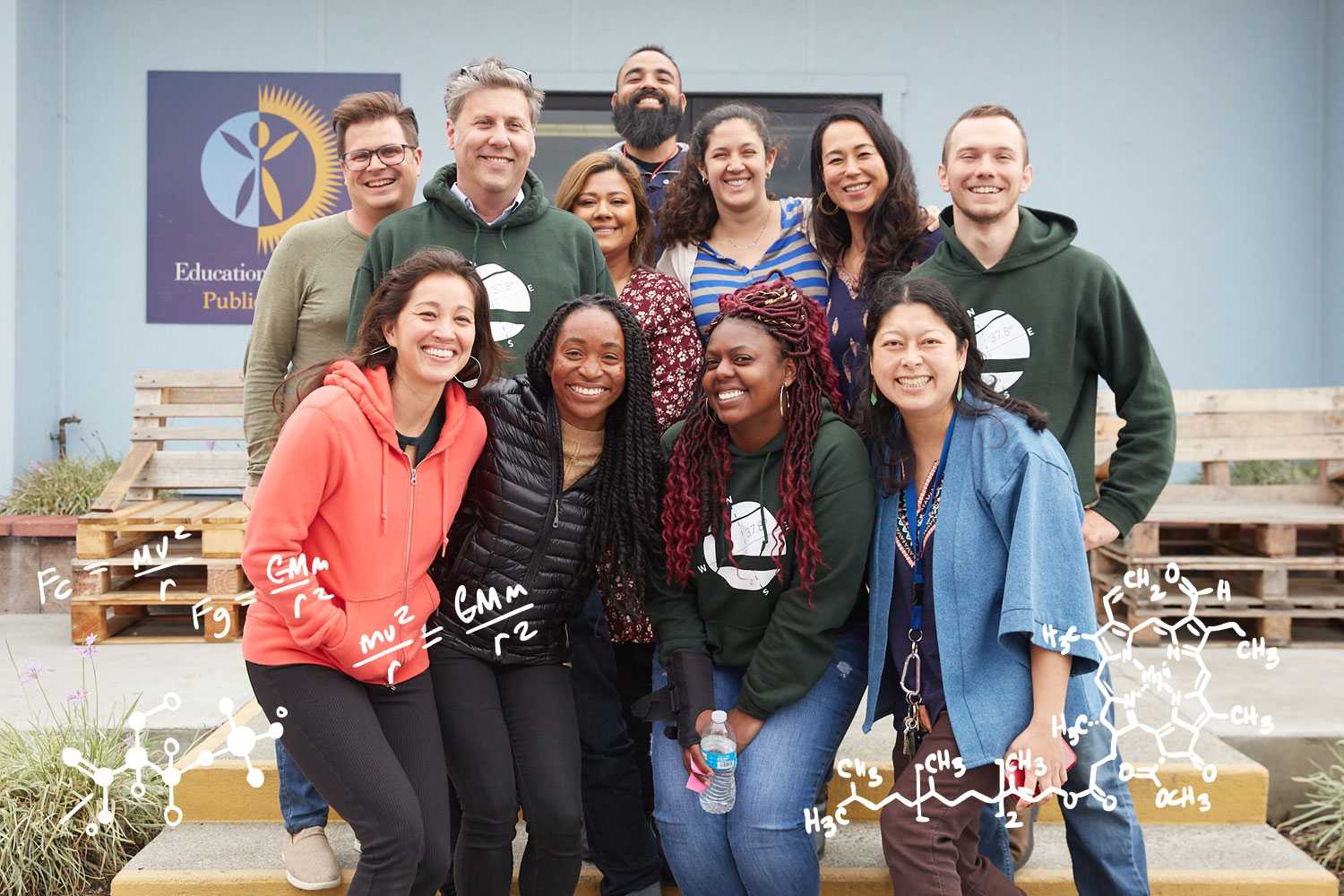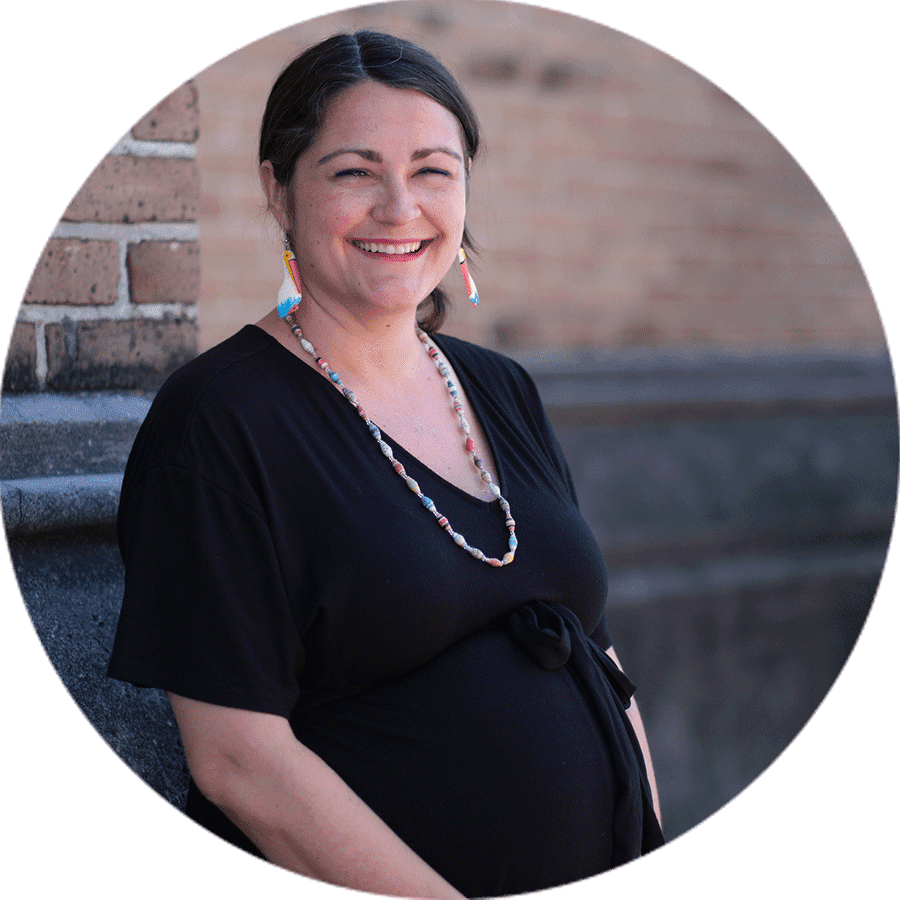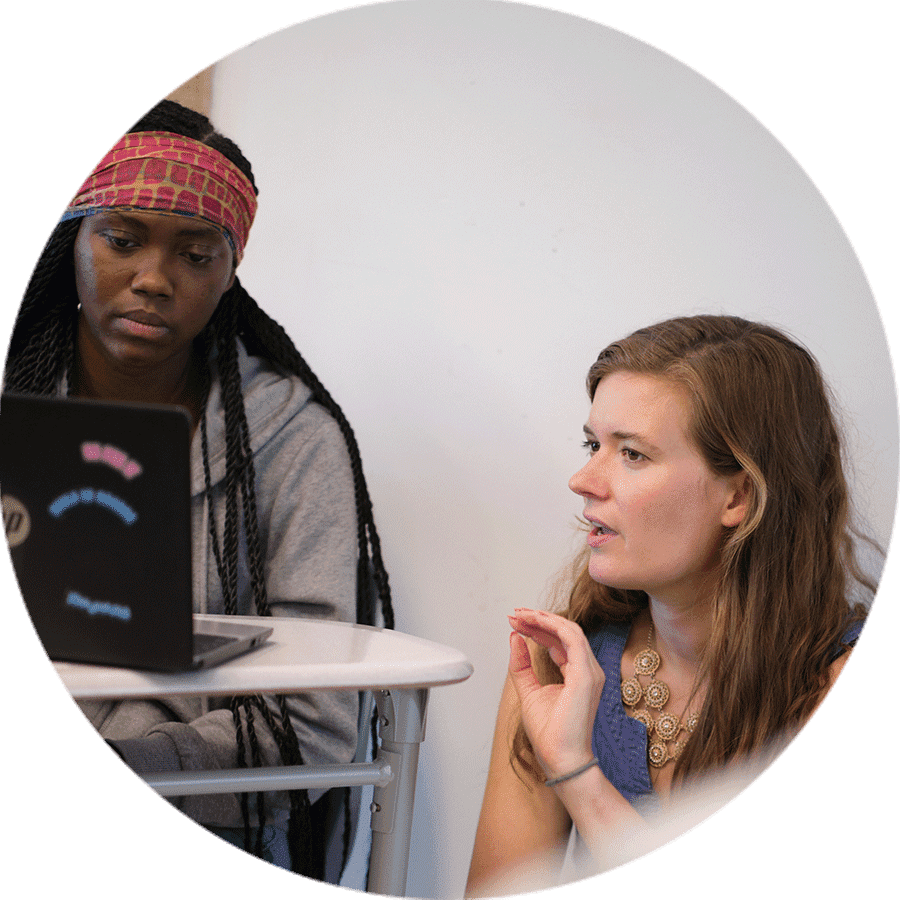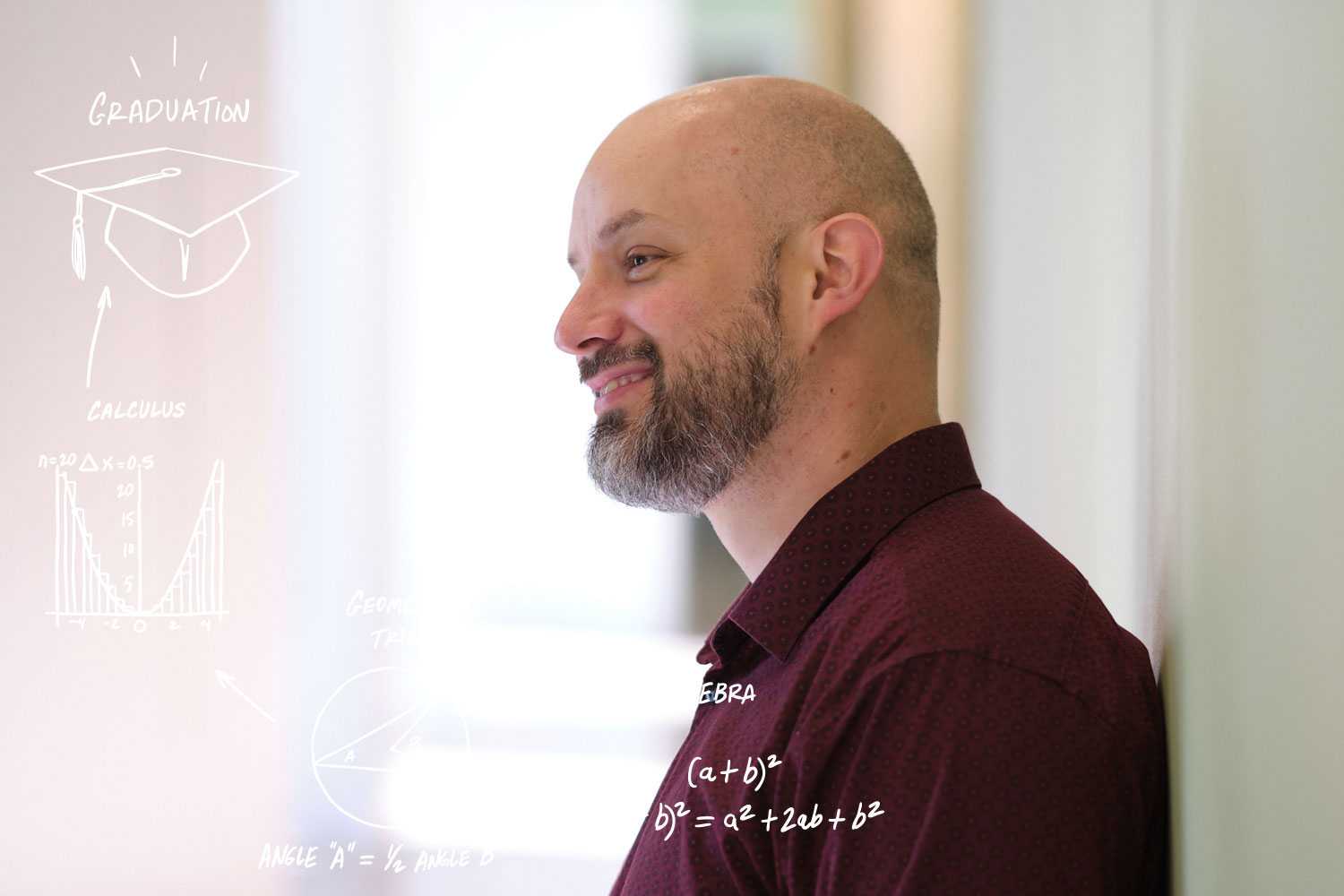2. Smart, diverse staffing is the foundation of a strong school.

Schools need to seek out, develop, and retain the right talent.
Fact:
All students benefit from the opportunity to learn from teachers of color. For Black students in particular, having a Black teacher contributes to increased learning, fewer suspensions, higher attendance, and better rates of graduation and college-going.
Source: Learning Policy Institute
Within every great school, there are committed educators who are deeply connected to the school’s mission and work. Attracting and hiring these talented teachers is no easy task, and smart school leaders don’t leave recruitment to chance. They start as early as possible in the year, actively cultivating a pool of high-quality candidates from teacher residency programs, schools of education, and informal local teacher networks.
What makes a candidate high quality? Great educators are curious, innovative, and bold. They have a deep knowledge of the content they’re teaching, well-honed instructional skills, high expectations for every one of their students, strong understanding of societal biases and strategies for strengthening equitable teaching, and willingness to learn new things from their students and colleagues.
Some schools create their own teacher training programs, or pipelines, to nurture rising talent and develop a teacher workforce. Innovative strategies are especially important in recruiting a diverse staff, and in areas where qualified teachers are commonly in short supply, including science, math, special education, and English language learning.
Recruitment isn’t the end of the story. Retaining great teachers is ultimately what sustains the coherence and momentum of a school. Research shows that teachers are more likely to leave a school because of adverse working conditions than salaries or benefits. The biggest challenge teachers often mention is the lack of voice in decisions affecting their work.
It is especially critical to be attentive to the particular circumstances of teachers of color and proactive in supporting and opening opportunities for them to grow professionally. Often called on to do special duty (as translators, disciplinarians, and the like)—and less likely to be celebrated or encouraged into leadership roles—these teachers are leaving the profession at higher rates than their peers.
A well-rounded team usually includes counselors, social workers, and nontraditional educators—such as career mentors, youth workers, artists, scientists, and other community members—whose expertise and engagement expand the capacity of a school and enrich student learning.
Dive Deep
![student smiling]() Recruit and Retain
Recruit and RetainThe Learning Policy Institute offers a wealth of information on recruiting and retaining an excellent, diverse corps of teachers.
Explore![a student's hands on a laptop keyboard]() Anti-Racist Hiring
Anti-Racist HiringPrincipal Sharif El-Mekki explains how to hire and coach your way to a school that’s truly grounded in anti-racist practice.
Read![a teacher smiling]() Teacher Onboarding
Teacher OnboardingHow can schools transition new teachers to succeed in innovative learning environments? Learning Accelerator has “Problems of Practice” modules that can help
Read![student and teacher]() Aligning Staff and Student Diversity
Aligning Staff and Student Diversity80% of Brooklyn LAB staff members identify as people of color, and the majority hail from immigrant communities. Learn how teacher diversity supports all learners in this virtual school visit.
Read
Analyze
How will you recruit and prepare the skilled, diverse, knowledgeable team you need?
Step 1 – Research
Take a close look at your overall school design and the student learning experiences you’ve imagined. What adults will be needed to make your vision soar? Teachers who are well versed in project-based learning? Non-traditional educators with expertise in environmental science, performing arts, or entrepreneurship? A coordinator to manage internships and community projects? Teachers with expertise in virtual instruction and course design? Who else?
Step 2 – Reflect
Share the results with your team and discuss these questions:
- How will adults enable the learning experiences you see as most important for your students? What specific skills and capacities are you looking for in teachers, student support staff, partners, non-traditional educators, and others?
- What mindsets and professional qualities should be shared by all the adults in your school?
- How will you recruit the talent you need and/or provide the right training to current staff? What challenges do you anticipate, and how can you meet them? For example, how will you ensure a diverse faculty or attract educators with specialized skills and knowledge?




